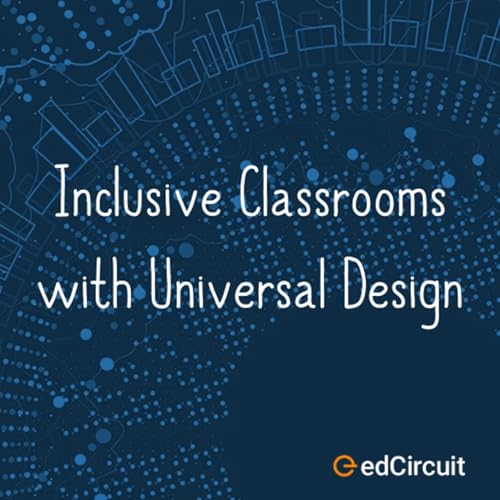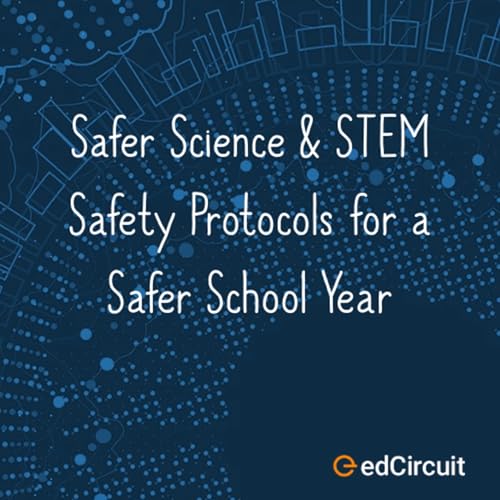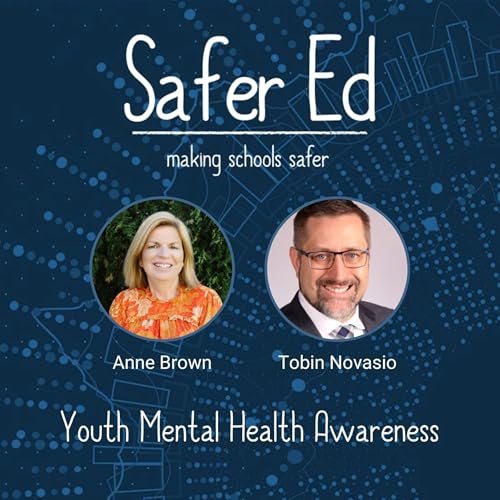For this episode, special guests Anne Brown and Tobin Novasio join edCircuit host Tina Byland to discuss mental health awareness. This episode explores how schools and outside organizations can support students' mental health inside and outside of the school.
The conversation begins by defining youth mental health and its impact on students' learning and development. Both guests explore the need for a multi-tiered approach to address student mental health inside and outside of the school. Within the school, the school plays a role in being a regulatory and supportive environment. Outside of school, it is important to recognize the importance of mental health, giving students access to the same care for mental health as they do for their physical health.
In the second part of the episode, the trio focuses on eliminating the stigma of mental health. There is still a stigma attached to mental health, affecting everyone in the school building, including staff. The hope of many K12 leaders is that when schools increase their investment in student mental health, the conversation will open doors and reduce stigma concerning staff and teacher mental health.
The episode ends with a discussion on creating environments and cultures of support. Particularly how essential it is to establish mental health resources for students and communicate accessibility to their support networks.
About the participants:
Anne Brown has decades of experience as a public school teacher and an Ed Tech Executive. Before joining the Cook Center for Human Connection, Anne worked for several organizations, including Salt Lake City School District, Pearson, and Waterford.org. Anne is thrilled to join Greg and Julie Cook to deliver critical programs, partnerships, research, and policy to impact suicide prevention and mental health programs.
Tobin Novasio is the Superintendent of Lockwood Schools in Lockwood, Montana. Mr. Novasio is the Montana Rural Education Association Vice-President and sits on the AASA Executive Committee. He is the former Montana Association of School Superintendents President. His peers honored him as the Montana Superintendent of the Year in 2016 and as the School Administrators of Montana 2020 G.V. Erickson Award recipient. Mr. Novasio represents Montana’s K-12 schools on the Montana Early Childhood Advisory Council.
Watch this episode of SaferEd on edCircuit.
This episode was generated in part using AI tools. All content was reviewed and approved by our editorial team before publication.
 6 分
6 分 6 分
6 分 2025/09/225 分
2025/09/225 分 2025/09/155 分
2025/09/155 分 4 分
4 分 40 分
40 分 48 分
48 分 40 分
40 分

